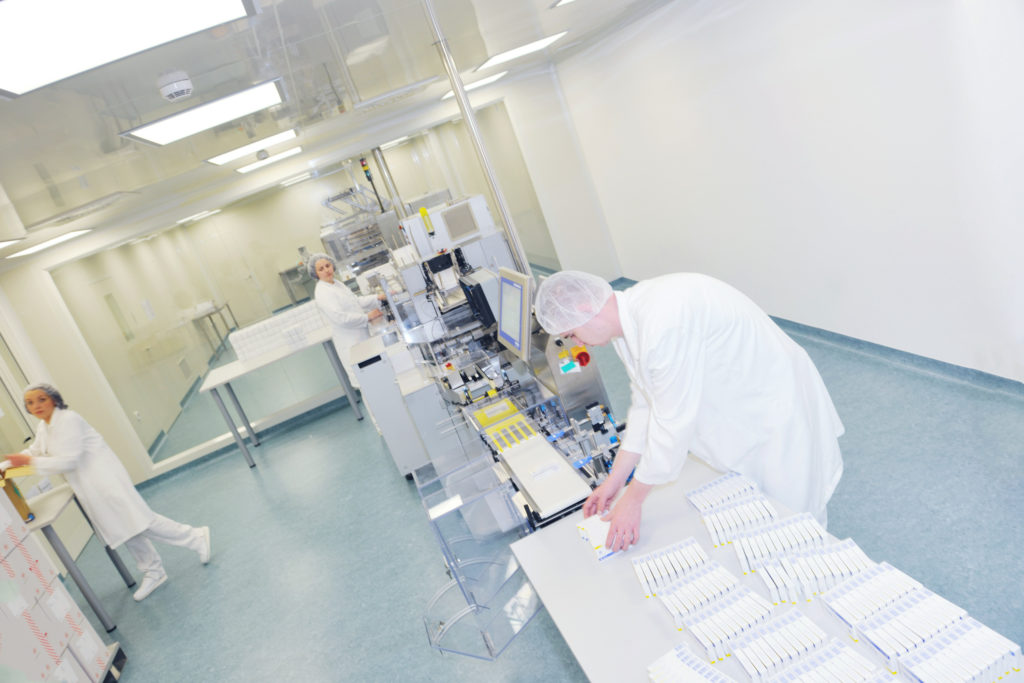The things that are possible with today’s 3-D printing techniques are truly phenomenal. But can 3-D printers be an effective mass production tool? The use of 3-D printing materials, also called additive manufacturing, is carving out a growing section of the manufacturing space. But how feasible is it for mass production? The answer varies depending on your process and the type of printer you are using.
Traditional 3-D Printing
Standard 3-D printers, while useful in manufacturing, may not really be cost-effective for mass production. Companies are primarily using these printers for prototyping and a few end-use parts, but the ROI tends to favor injection molding over 3-D printing more as the number of parts you need to produce increases.
That said, many manufacturers are looking for better 3-D printers to use for mass production due to the numerous advantages 3-D printing can bring:
- The ability to make modifications to parts faster
- The ability to adjust the weight of parts
- The ability to produce more complex shapes
- Ease of part customization without increase in cost or time by the manufacturer
One way to speed-up production to make standard 3-D printing more cost-effective is to change your manufacturing process. For example, you can combine or nest parts, reduce fill in areas where tolerance is not an issue (for faster printing), or eliminate support structures to reduce post-processing.
The other solution is to use a more sophisticated type of 3-D printer. Such printers already exist. One, manufactured by Stratasys, is the Demonstrator, which uses a type of printing called Fused-Deposition-Modeling (FDM). Another — the Form 1 by Formlabs — uses a process called Stereolithography (SLA) for 3-D printing.
Fused-Deposition Modeling
An FDM printer is a type of 3-D printer that prints continuously on a plastic film sitting on top of a print bed. The film slides a completed part out of the printer, which cuts the film off, depositing the part into a bin as the printer works on the next part. The Demonstrator, which stacks three of these types of printers on top of each other, dramatically increases print capacity. This can expand the limit for which 3-D printing is cost-effective from a few hundred parts to one or two thousand.
Stereolithography
Stereolithography-based 3-D printing may be an even better solution than FDM. Stereolithography has better resolution, meaning it can produce a much better surface finish than FDM, which is crucial for some jobs. It also has a much higher limit of cost-effectiveness for certain parts, like certain stepper motor components, for which you can potentially print over 10,000 parts while still being cost-effective, rather than a few hundred.
While injection molding is not going away anytime soon, and may still be the most cost-effective approach for your particular business, it seems clear that 3-D printing is the wave of the future. As new innovations push the limits of effective 3-D printing higher and higher, it will almost certainly become the standard method of manufacturing parts.
